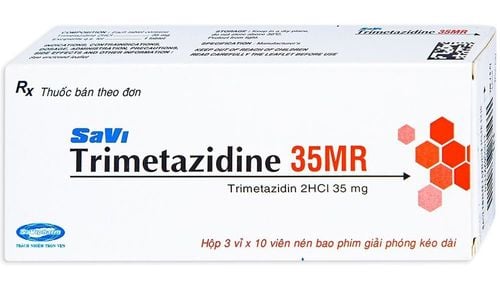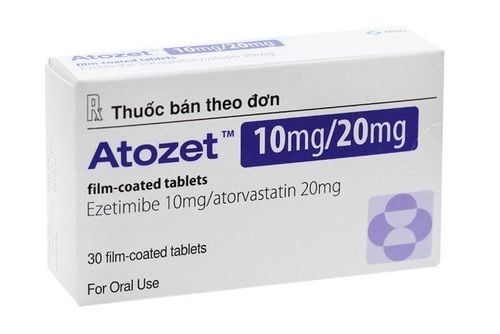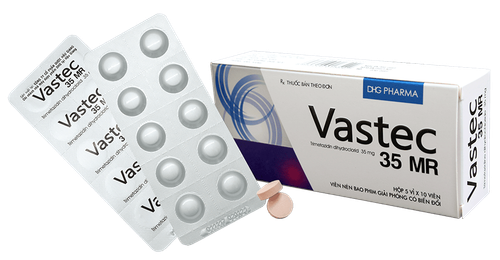This is an automatically translated article.
The article was professionally consulted by Specialist Doctor II Nguyen Quoc Viet - Department of Medical Examination & Internal Medicine - Vinmec Danang International General Hospital. The doctor has more than 20 years of experience in the examination and treatment of cardiovascular diseases and Cardiovascular Interventions (Including angiography, dilation, stenting of coronary arteries, renal arteries...), placing temporary pacemakers , forever...Coronary artery disease is a term used to describe a condition in which the blood supply to the heart is inadequate due to a narrow or blocked blood flow to the heart, or due to other causes, mainly due to atherosclerosis. It is one of the leading causes of death in cardiovascular diseases.
1. Signs of patients with coronary artery disease
The most prominent symptom in patients with coronary artery disease is left angina pectoris, which often occurs with emotion, cold, or exertion. Patients with coronary artery disease often feel pain like someone squeezing, twisting in the heart, the pain can spread to the jaw, through the forearm or shoulder, in rare cases, to the back or spine. ..Usually when the patient is resting, the pain only lasts for 5-10 minutes and then goes away on its own, but if the pain lasts for more than 15 minutes, it is very likely due to a heart attack. The most common sites for pain are the heart, behind the breastbone, or in the center of the chest.
There are 2 types of angina, including: stable angina and unstable angina. Stable angina occurs due to plaque causing coronary artery lumen narrowing, when the patient tries to do something or in the same situation, this condition will appear again and again.
Unstable angina can occur even with rest or exertion but does not improve with cessation of exertion. If not treated promptly, unstable angina will be very dangerous because it can easily turn into a heart attack.
The circumstances in which angina occurs is the primary sign that distinguishes between stable angina and unstable angina. Stability is when exertion with a certain degree, but if angina occurs at rest, this is unstable and can turn into myocardial infarction, even sudden death.

You need to be very attentive and careful if angina occurs. You should go to reputable medical facilities to get the most accurate diagnosis of the cause of this condition.

2. Causes of coronary heart disease
The deposition of fats such as cholesterol is called atheroma, which is located along the walls of blood vessels, which is the cause of coronary heart disease. This deposit thickens due to narrowing of the vessel wall, possibly even embolism. It is very dangerous if the blockage is not treated by the coronary artery that supplies oxygen-rich blood to the heart muscle, the person can have a heart attack or die.The risk of coronary artery stenosis increases due to many factors, including:
Older age Men are 2-3 times more likely than women Family history of coronary artery disease Due to race Besides, there are some modifiable risk factors, such as:
People who smoke are obese

3. How to prevent coronary heart disease
Here are some ways to prevent coronary heart disease, including:Eat a diet rich in fruits and vegetables, fish, low in cholesterol and saturated fat Maintain a reasonable weight The amount of salt the body needs be limited Regularly exercise and sports Do not smoke Avoid stress, fatigue, pressure, make yourself as comfortable as possible Avoid alcohol and stimulants

Coronary check-up package at Vinmec International General Hospital helps you to screen for coronary artery disease accurately, thereby having timely treatment, avoiding dangerous complications.
Subjects needing coronary examination include: Customers with history such as: hypertension, diabetes, dyslipidemia, smoking, obesity,... Family history of immediate relatives such as father Having a mother or sibling with coronary heart disease is also considered a risk factor for coronary heart disease. In particular, elderly patients should be screened for coronary heart disease early due to age factors.
Please dial HOTLINE for more information or register for an appointment HERE. Download MyVinmec app to make appointments faster and to manage your bookings easily.
Article referenced source: Vietnam Society of Cardiology













